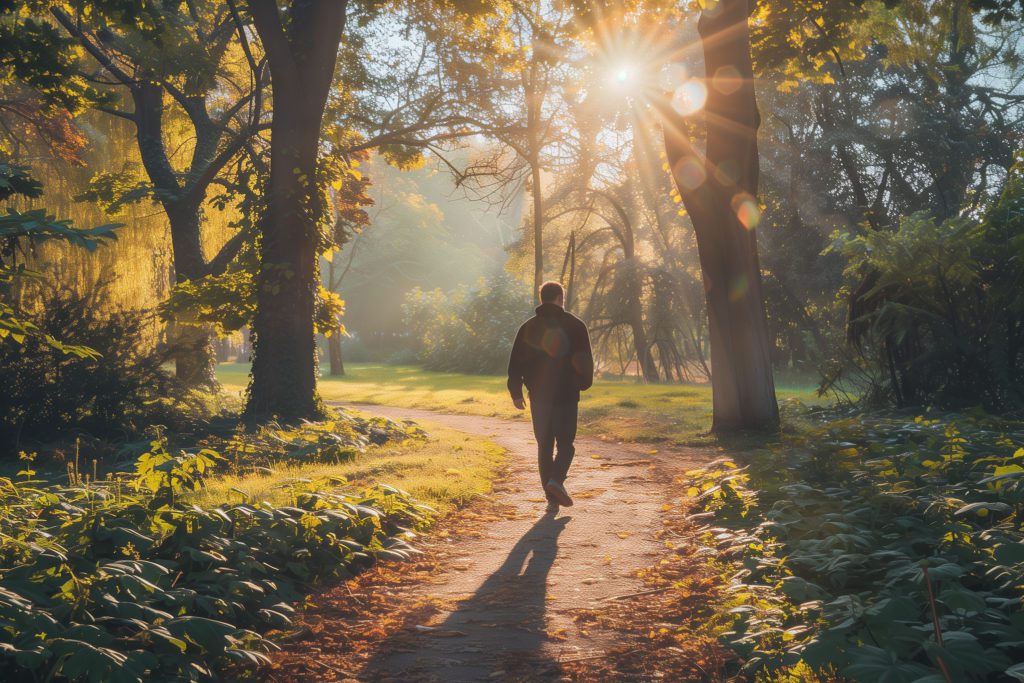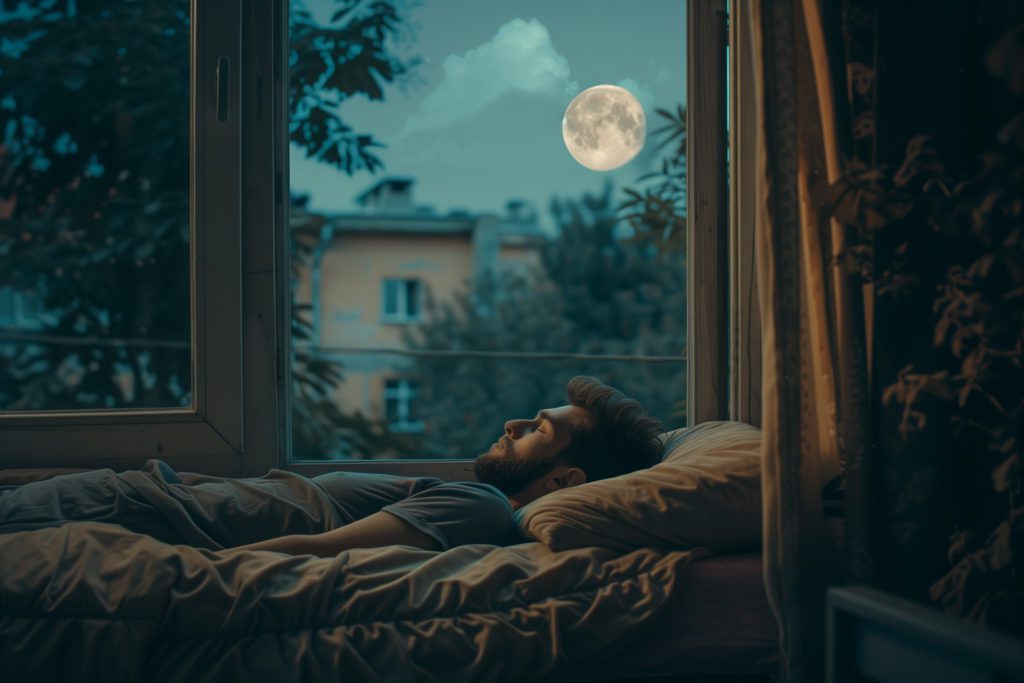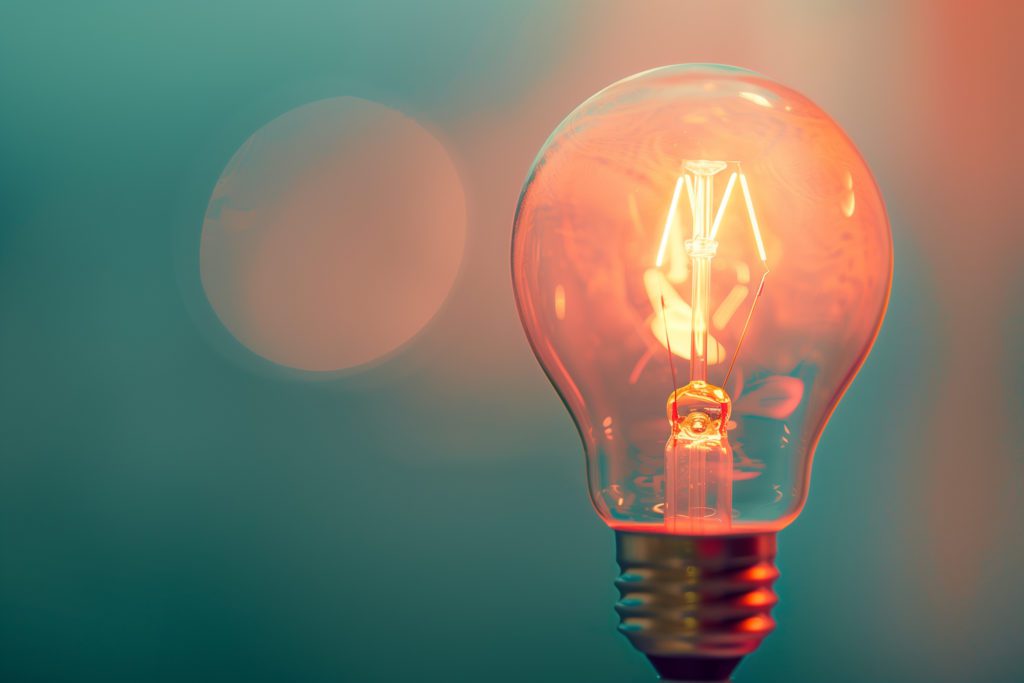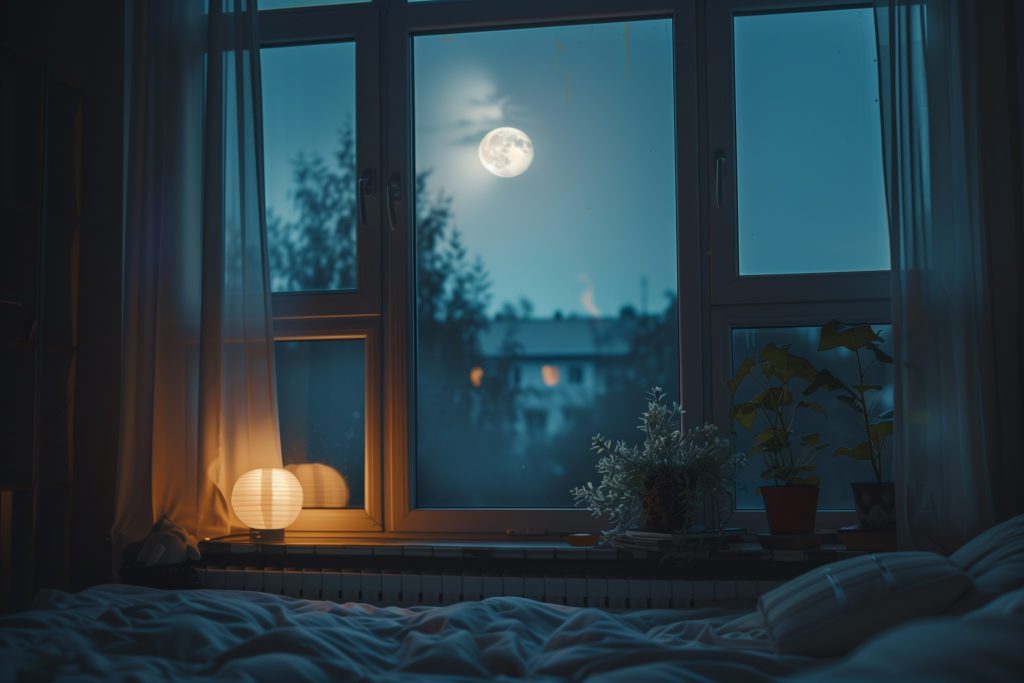
How Humans Adapt and Find Ways to Sleep in Extreme Environments
Explore how people have learned to sleep in extreme environments such as polar nights, 24 hours of daylight, and while orbiting the Earth in space.

You likely have a nighttime routine that you follow, whether it’s dimming the lights as the sun sets or keeping your room at a comfortable temperature that isn’t too hot or too cold. However, what about people who sleep in extreme environments, such as places with polar nights, midnight sun, or even those orbiting the Earth?
With the help of certain habits and tools, it’s possible to sleep anywhere—even in extreme environments.
Sleeping in Extreme Environments
Whether you’re traveling for work or pleasure, you may find yourself in an extreme environment that is not conducive to sleep. Still, sleep is essential, so you have to learn how to adapt.
The following are some of these extreme environments, how they affect sleep, and how you can, nevertheless, find ways to reach your sleep goals.
The Polar Night
Those who live near the Earth’s polar regions experience something called a polar night, which is a period of darkness that lasts for the entire 24 hours in a day, with natural light only coming in through the stars, moon, and the occasional northern lights. Some places even experience polar nights that last for nearly three months.
However, with light being one of the primary drivers of circadian rhythm, your body’s 24-hour cycle that dictates your sleep-wake phases, those who live through a polar night may experience sleep disturbances. Specifically, studies have shown that the 24-hour darkness can delay your sleep chronotype and decrease the amount of time that you sleep.
Given the decline in sleep duration and the lack of sunlight, which often offers a boost of energy, it’s common for those living in a location experiencing a polar night to feel a reduction in energy during the day. You can adapt by adjusting your activity levels to avoid overdoing it. Additionally, artificial lamps that replicate daylight can be used; these light cues, while different from natural sunlight, can help regulate the circadian rhythm.
The Midnight Sun
At the opposite end of the light spectrum is the midnight sun, where daylight remains throughout the night. As expected, this can also disrupt your circadian rhythm since your body relies on a decline in sunlight to kick off its production of melatonin, a sleepiness hormone.
When sunlight lasts all day and night, your body never gets the cue to start preparing for sleep, which can make it hard to then fall asleep. However, research has shown that people who live in these places that go from polar nights to midnight sun depending on the season don’t see major differences in their sleep quality, and it’s because they have learned how to adapt.
One of the biggest tips that they implement is to cover their windows using blackout curtains at least two hours before bedtime, as that can help mimic the nighttime that they would normally get. Additionally, bedrooms should be kept as dark as possible, and sleeping with an eye mask can be helpful.
Warm Climates
When the chill of winter sets in, you may find yourself longing for the sun and warmth, but these warmer climates can affect your sleep. Specifically, total sleep time can decrease, as can slow-wave sleep. Additionally, stress hormones increase in warm climates, which can create an internal environment that is not conducive to sleeping.
Knowing the effects of your bedroom’s temperature on your sleep, the priority should always be on keeping your bedroom cooler. You can modify the room itself through air conditioning, fans, and blackout curtains to keep the sun from heating the room during the day. You can also dress appropriately in lightweight pajamas (or even sleeping naked) and using cooling sheets and pillows. All of these habits aid your body as it regulates its temperature.
Sleeping in Space
Have you ever wondered how astronauts sleep when they’re in areas of zero gravity? They typically have an individualized sleep cabin that is soundproof, private, and well-ventilated. However, some factors of space can make sleep difficult. Specifically, astronauts may have a hard time gauging time using the sun alone since they experience 16 sunsets and sunrises while on the international space station, something that can understandably confuse their circadian rhythm.
To improve sleep, astronauts maintain consistency in their schedule—they sleep, eat, and work on a strict schedule. This allows their body to adapt to the frequent lighting changes without feeling continual rises and falls in energy levels.
Tips For Sleeping in Extreme Conditions
If you’re traveling for work or vacation to an area with an extreme environment, here are some ways that you can continue to prioritize your sleep:
- Keep things consistent. While you may not be able to control your environment, you can control your routines. This can be especially helpful when in an extreme environment since keeping as much consistency as possible allows your body to adapt better. This consistency can include the same sleep and wake times, which can help your body stay on a schedule no matter how much sun is shining.
- Get morning light. While natural sunlight is best to reset your circadian rhythm in the morning, any type of bright light can help.
- Keep your room dark. With the help of blackout curtains and sleep masks, you can sleep in darkness no matter what it looks like outside.
- Get active. Exercise can help to boost feel-good hormones, which may otherwise decline in the colder and darker months. Furthermore, exercising helps to boost your sleep drive, allowing you to feel tired when it’s time to go to bed.
As a bonus, these tips can be helpful to implement no matter where you’re sleeping.
Sleeping in Extreme Environments
Some environments may seem extreme by our standards, but we have learned to adapt our habits in order to continue getting quality sleep in them, and the techniques are often simple.
Prioritizing consistency in a schedule and optimizing light exposure can help to combat odd lighting schedules, whether it’s 24 hours of darkness or the 16 sunsets that astronauts may experience in 24 hours. Furthermore, ensuring that the bedroom remains dark and cool can help those experiencing midnight sun or living in hot climates.
Ultimately, knowing what the body prefers to fall asleep is the key to learning how to adapt to an extreme environment.

Written by
Jessica G
Medical writer freelancer who has written hundreds of articles on varying topics. Masters of Engineering degree in Biomedical Engineering.
Download Pillow
Get help
Press & News
Legal
Connect
X (Twitter)
Company
Copyright © Neybox Digital Ltd.



